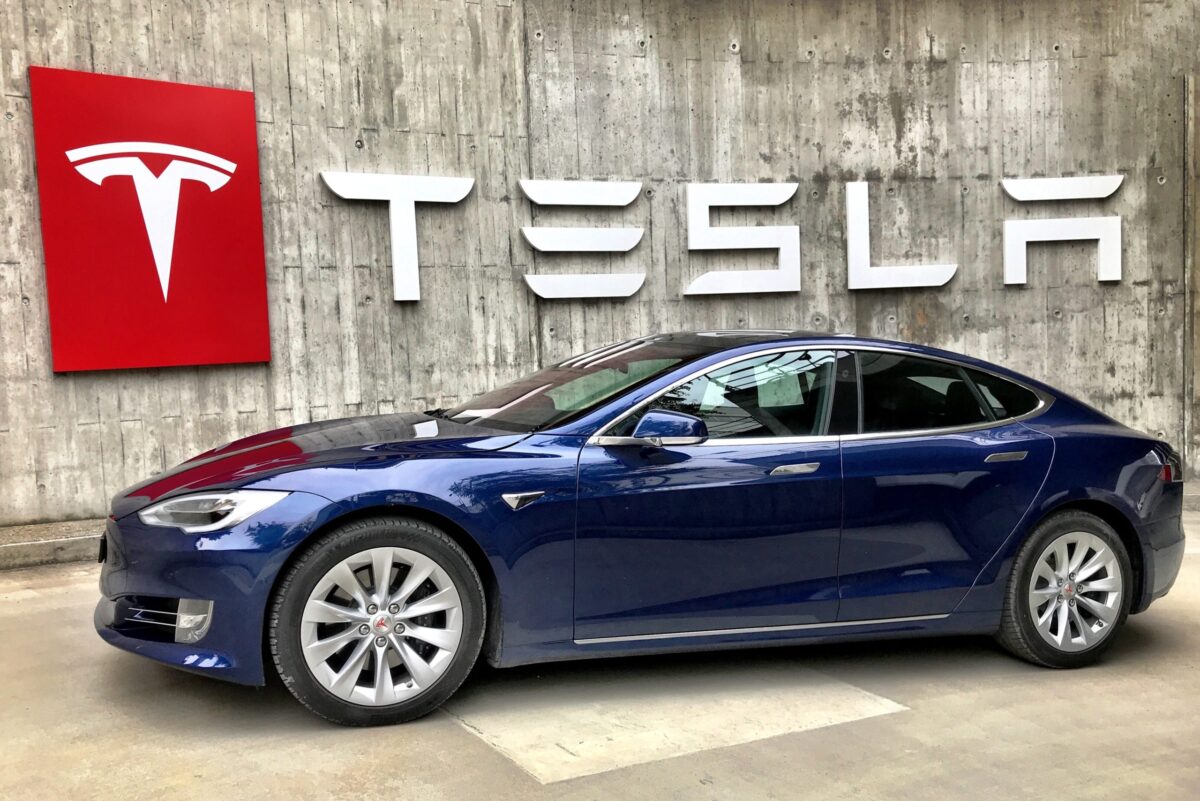
Despite the apparent trade-off between privacy and efficiency, authorities across the globe are intent on becoming known for achieving smart city status and for the right reasons. Politicians are seeing the real benefits and cost savings that smart city initiatives can provide, and as citizens we need to get used to the idea of our towns collecting and making use of more and more data to reshape the world around us for the greater good.
As the number of connected sensors, machines and devices rapidly grows in crowded cities, the data generated will provide the ubiquitous big data that we often hear about. But we are only just beginning to realize the value in a network that increasingly consists of everyday objects. Everything from buildings, energy, traffic flow, education, healthcare and even elevators contains information that represents both the daily grind and natural flow of every city.
This increasing volume of data that is generated every second of every day should and will be put to great use in the months and years ahead. Now that we have fully embraced the concept of smart devices with our phones, and we are beginning to experience it in our cars and homes, it’s only natural that we now look to make our cities much smarter too.
Although we are slowly obtaining a greater understanding of the data that surrounds us, the good news is that positive results are already happening. Authorities are faced with a double-edged sword in which almost every choice comes with a compromise. For example, video surveillance in high crime areas has proven to reduce crime rates from 5% to 20%, but as a society, are we willing to reduce crime by introducing cameras watching our every move? This is the kind of trade-off we will have to face if we want to dramatically lower crime rates.
The traffic in every major city across the world is probably our biggest concern, given we have all experienced gridlock. Once again, technology comes to the rescue. Traffic signal optimization has shown to reduce travel times by up to 20%. And let’s not forget the joy of trying to find a place to park. The average person spends 18 minutes per day trying to find a place to park. Smart parking systems can reduce up to 30% of congestion without authorities even needing to build new lanes and roads.
There is already a wealth of statistics available now that major technology research in cities has revealed the scope of the cost savings. For example, 40% of municipal energy costs comes from street lighting. Intelligent lighting can reduce energy costs by up to 20%. Lansing, Michigan, put in smart street lighting and was able to reduce costs by 70%, a big win for the mayor who championed the initiative.
As a word of caution, it appears that we are still very naive when it comes to security and our responsibility in this digital age. With so much of our lives and infrastructure getting connected, we all need to step up our game and appreciate the implications of ignoring security warnings.
For example, a recent report revealed how vulnerable our hospitals are to cyber-attacks and hackers. Maybe it’s our self-awareness that is in need of a 21st-century upgrade. In years past, 18 USB sticks were dropped purposely on multiple floors of a hospital. Within 24 hours, one of them had been plugged into a nurse’s station, infecting the network with malware, which gave the hackers access to the entire network.
With the majority of public-serving institutions at risk from hackers intent on causing chaos and disruption, it’s more important than ever to re-evaluate your level of security and threat prevention. Threats can appear in many different forms, such as ransomware that will lock all files and demand payment to unlock your data. The only positive aspect of ransomware is that it informs the user instantly of an infection.
However, there is also much stealthier malicious software that can be secretly stealing data or compromising systems completely under the radar of the establishment. Eliminating these risks by upgrading old systems is key, but so is educating users about understanding the vulnerabilities in the workplace and how to prevent them.
The creation of closed systems with hardware-embedded security will make it easier to predict and prevent cybercrime. Crime will continue to be a risk, but new advanced intelligent systems can help predict an attack and prevent it before it happens.
These security challenges should not damage the level of excitement and energy around the future possibilities. In this digital transition, we are merely taking another brave step forward, and there is no doubting how cash-strapped local and state agencies can become more efficient by better using data and implementing new technology.
Many large companies are involved in making cities smart, including Cisco, IBM, and Siemens. Cisco will happily advise governments that a smart city can save energy by 20%, reduce water consumption by 50%, crime by 20%, traffic by 30%, and so on. These facts, backed up by data, will be tough for those in control of budgets to resist.
Businesses, local and state agencies, committees, etc., will always be cost and data driven. Our evolving digital economy will ensure that smart cities, IoT, and local services will all become a natural part of our lives. Yes, there will be security and even privacy challenges, but this is a hard trend that will happen, so the time to start solving predictable problems is before they happen.
Many of our fears of a technology-fueled dystopian future are based on fictional literature and Hollywood movies. But we seldom stop to think that our future reality could be quite different from 1984 or the rise of machines that the Terminator franchise warned us about.
Real life is not always as interesting as art. The implementation of computerized sensors for nearly everything we know and love to drive down costs and improve efficiency could be as exciting as it gets. Is it such a bad thing?
Eliminating waste, intelligent traffic management and vast improvements to public transport during peak periods are mouthwatering prospects on their own. The belated arrival of e-government services, allowing faster access at a lower operating expense for taxpayers, should also be enough to convince even the biggest cynics.
I don’t believe this is an either-or situation. Technology should be able to improve every aspect of our lives in our homes, cities and world. We now interact with each other more than ever before, not less—contrary to popular opinion. The rise of the global community is enabling a greater understanding that shapes our world view and challenges age-old stereotypes.
As citizens of a global community, we expect our smartphones to provide us answers to any questions as they pop into our heads. We have developed an insatiable thirst for real-time information. Reliability and simplicity are expected to be standard, meaning this is how cities will soon be judged by both their inhabitants and visitors.
We now connect and interact in many different ways, which illustrates how technology is bringing us closer together. The real spirit and character that live inside every city across the world do not need to be sacrificed and will continue to thrive as long as we work to keep the best of our past and present, as we build a better future together.
Concentrating on resisting change or fearing the unknown is counterproductive. I have advised major businesses and governments for decades that the best way to improve planning is by learning to separate hard trends, the trends that will happen, from soft trends, the trends that might happen, and use this knowledge to shape the best future possible.
Innovation leads to disruption, not being disrupted. Learn more with the book, Anticipatory Organization, now available for purchase at www.TheAOBook.com






















